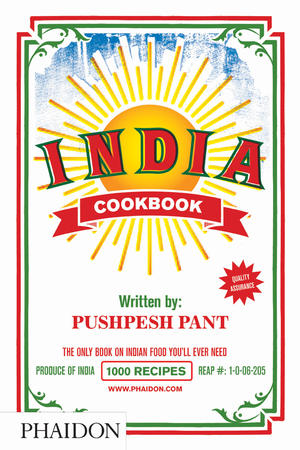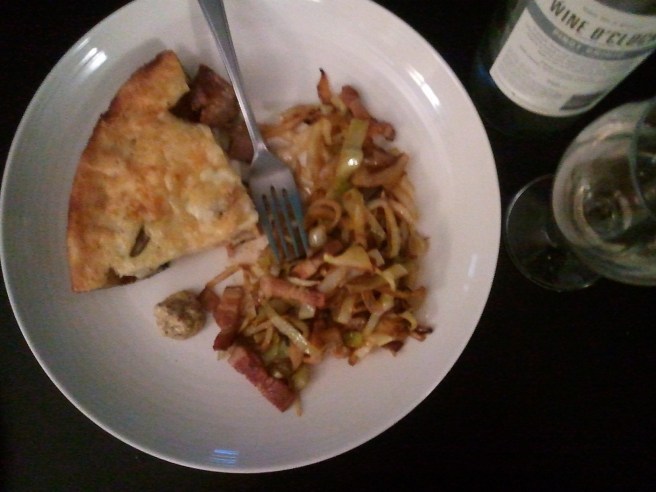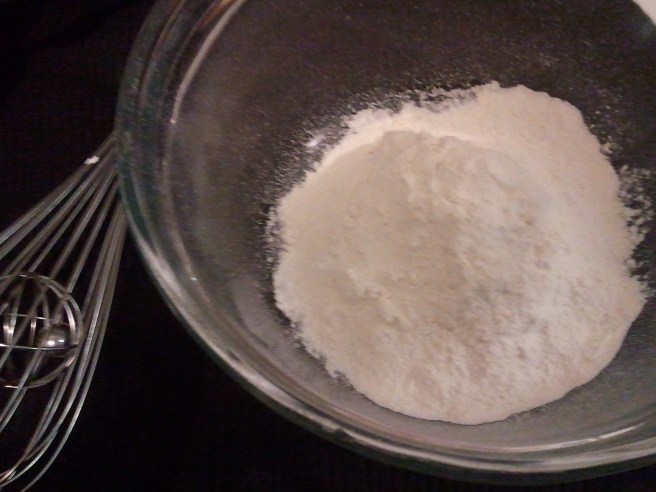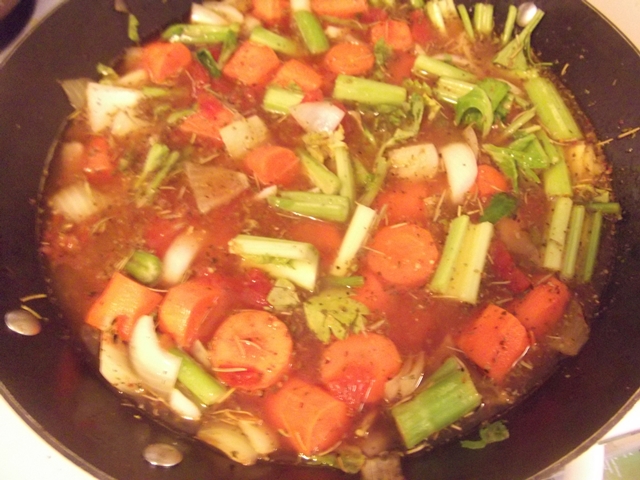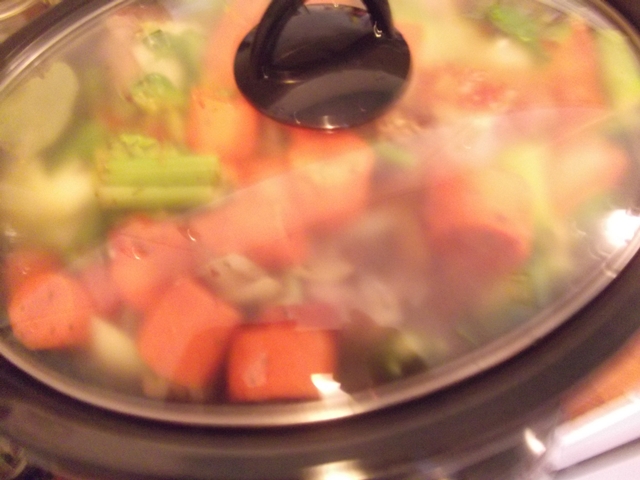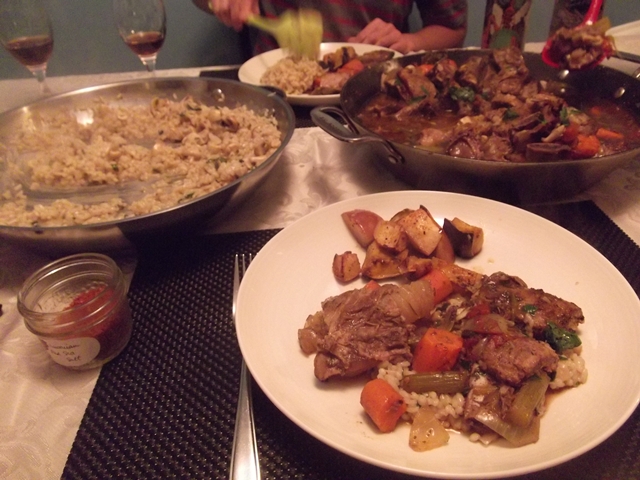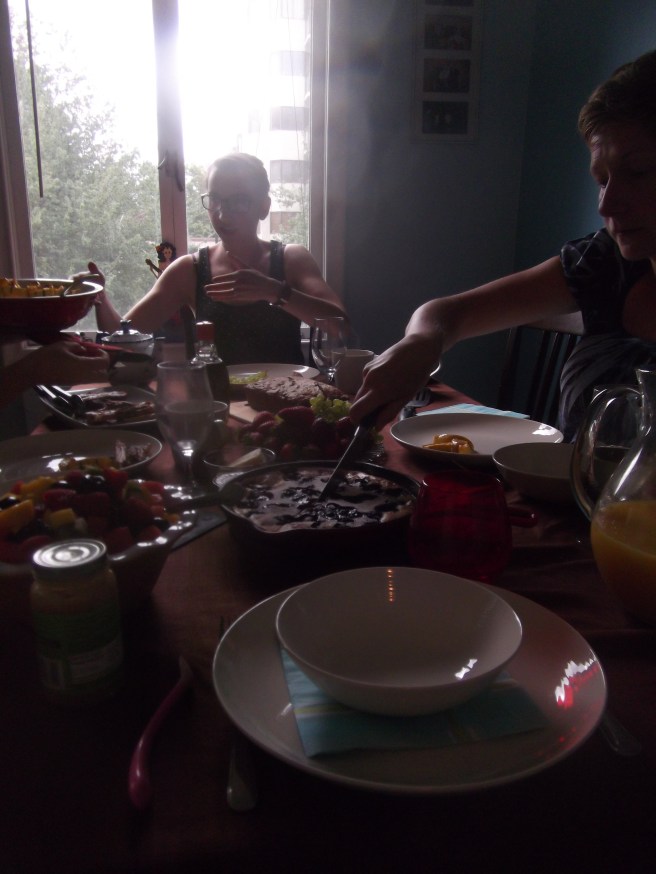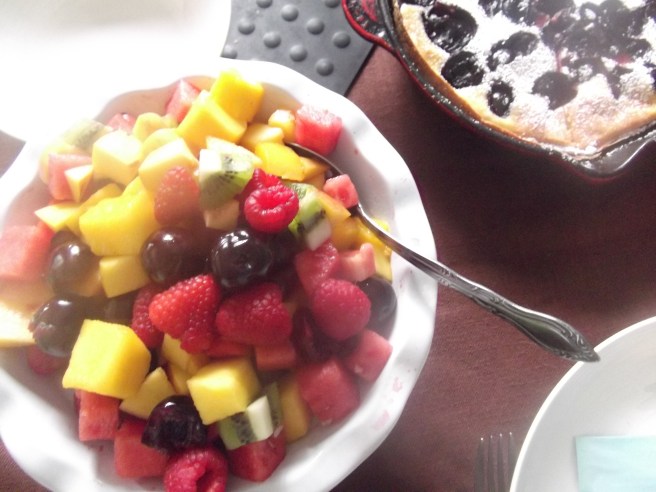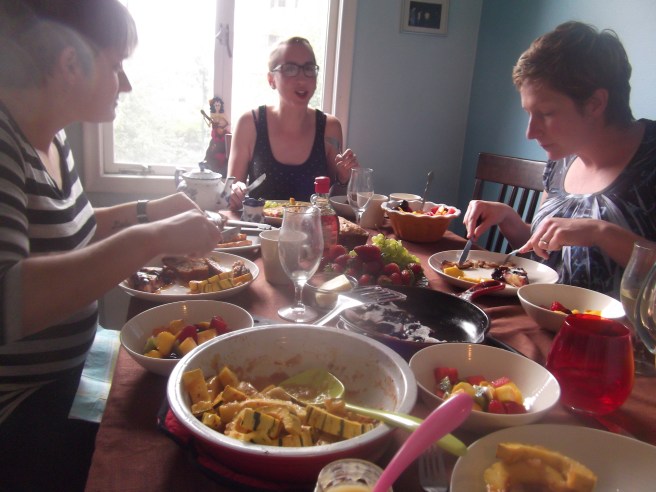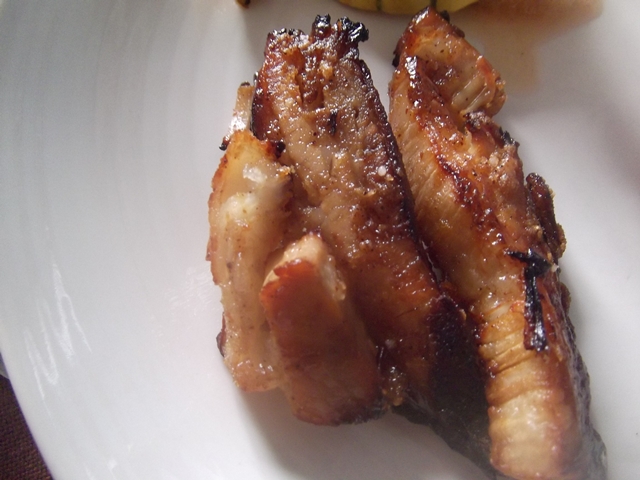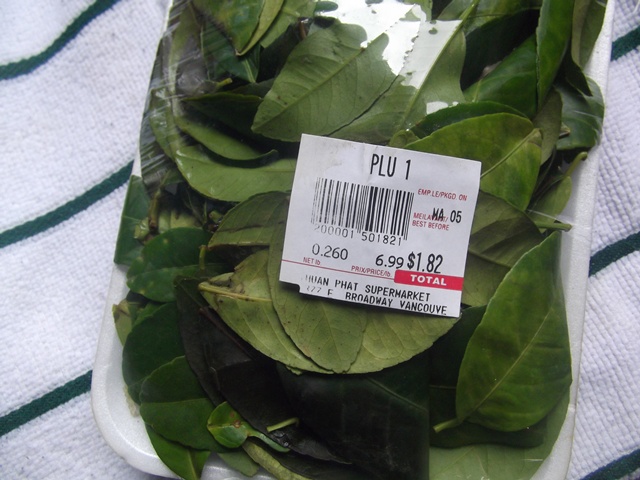 Let’s talk about velvet. As a verb.
Let’s talk about velvet. As a verb.
 If you’ve ever paused mid Beef & Broccoli to wonder how Chinese restaurants get their stir-fried meats so silky and tender, you may be intrigued by the concept velveting and its implications in your kitchen. This is something I’ve been playing with for a while, as I’ve got one of these small people who finds the texture of meat challenging.
If you’ve ever paused mid Beef & Broccoli to wonder how Chinese restaurants get their stir-fried meats so silky and tender, you may be intrigued by the concept velveting and its implications in your kitchen. This is something I’ve been playing with for a while, as I’ve got one of these small people who finds the texture of meat challenging.
Velveting meat is a gentle approach to meat cookery, and one that prevents the fibres of the meat from tightening and toughening.
Have you ever sat beside someone while they chewed a single bite of hot dog or chicken for 45 minutes? It’s just a marathon of wet mouth noises. There’s no bouncing back from that, and a little piece of you will die as your exhortations to “please, please swallow that right now” become increasingly frantic. Misophonia is a thing, and toddlers are known to aggravate it. And so the resourceful home cook will find that velveting becomes more than just a neat kitchen trick, but a matter of life and spiritual death as well.
 Velveting is not terribly complicated. At its most basic, it’s a bit of raw lean meat that’s thinly sliced, marinated in a mix of egg white, salt, acid and cornstarch. This mixture serves to tenderize the meat, create a barrier between the meat and the heat, and to create a coating that will improve sauce adhesion.
Velveting is not terribly complicated. At its most basic, it’s a bit of raw lean meat that’s thinly sliced, marinated in a mix of egg white, salt, acid and cornstarch. This mixture serves to tenderize the meat, create a barrier between the meat and the heat, and to create a coating that will improve sauce adhesion.
It is then gently poached in oil or water (I prefer water poaching for cost and clean-up reasons) before being added to a stir fry, and the effect is meltingly soft. I’ve seen variations on this idea that don’t include egg white; if you’re dealing with egg allergies, you could certainly skip it. But I like the sort of slick layer the egg white leaves on the meat – it adds an extra element for your sauce to cling to, and the result is a lot of flavor with not a lot of effort.
Once you get into the habit, I mean.
If velveting meat is something you want to try at dinner, be prepared that there are multiple steps and though they are not difficult, they may add up to an additional 45 minutes or so to your dinner prep. This is annoying. Fortunately, you can do it ahead of time.
 Because the steps are simple, I’ve found that if I time things correctly, I can prepare the meat for tomorrow’s dinner tonight. The advantage to this little bit of forethought is that you can have dinner prepared in about ten minutes, depending on how fast you chop your veggies. You can also deep-fry velvet meat.
Because the steps are simple, I’ve found that if I time things correctly, I can prepare the meat for tomorrow’s dinner tonight. The advantage to this little bit of forethought is that you can have dinner prepared in about ten minutes, depending on how fast you chop your veggies. You can also deep-fry velvet meat.
(You can deep fry anything.)
Velveting meat is a Chinese technique and therefore suited to Chinese cooking, but it’s also something you can do in quick stews or pasta dishes. My favourite application of this is to add a few pieces of velvet chicken to a briny puttanesca sauce – the coating gets clingy with the olive oil and capers and tomato juices, and the chicken remains tender and does not compete texturally with the other elements. I bet it would lend something extra special to chicken piccata.
So, how do you do it? The following is a general set of ingredients, and you can substitute what’s listed for whatever you have or flavours you’d prefer. To make this more Mediterranean, for example, one might replace the rice vinegar with lemon juice or wine vinegar, and the soy sauce for coarse salt. You could replace the sesame oil with olive or grapeseed oil.
Velvet pork or chicken
- 1 lb. lean meat, such as pork tenderloin or chicken
- 4 tsp. cornstarch
- 1 tbsp. soy sauce
- 1 tbsp. rice vinegar
- 1 egg white
- 1 tbsp. coarse salt
- 1 tbsp. sesame oil
Pat the meat dry using clean paper towels. Slice your meat as thinly as you can while still keeping each slice intact.
Whisk together cornstarch, soy sauce, and rice vinegar until no lumps remain. Add egg white, and whisk until thoroughly combined but not frothy.
Pour the egg white mixture over the meat. Squish the mixture together with your hands so that the meat is coated well. Cover, and refrigerate for at least 30 minutes, up to one hour.
Bring four cups of water, salt and sesame oil to a boil in a sauce pan. Working in batches, poach pieces of the meat for about 30 seconds each, removing these from the pot with a slotted spoon into a colander. Let the water come back to a boil between batches.
From here, you would either refrigerate the meat for another use, or add it straight to your current dinner preparation. To brown the meat, fry it quickly before adding your veggies to the pan. For best results, toss the meat in the pan and coat it in the sauce before adding veggies.



